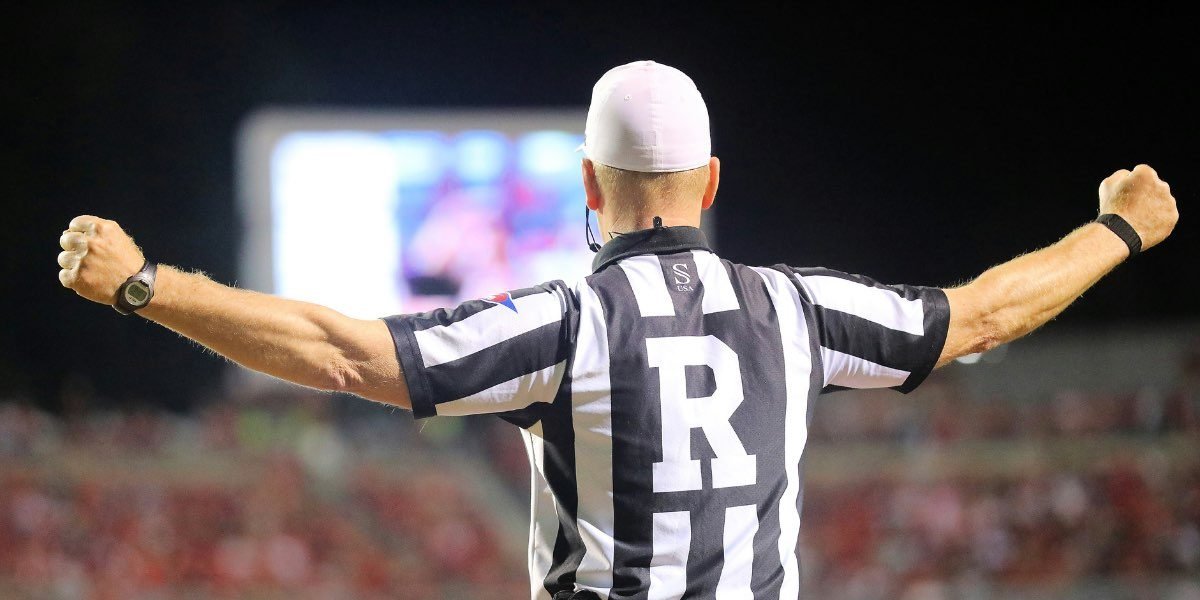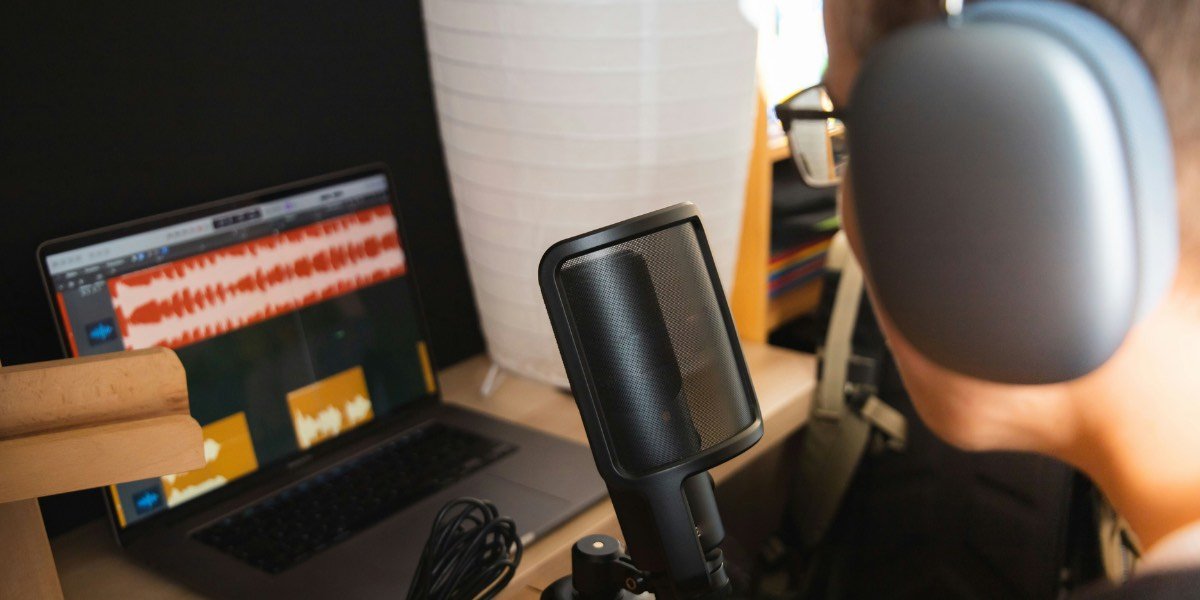Technology is playing an increasingly significant role in improving referee accuracy across various sports. As the demand for precision and fairness in officiating grows, the integration of advanced technologies has provided referees with tools that assist in making more informed decisions. These innovations are helping to reduce human error and ensure that outcomes are based on objective, verifiable data. Over the past few decades, advancements in video review systems, motion tracking, and other tools have helped to reshape how officiating is carried out, benefiting players, coaches, and fans alike.
In the fast-paced world of competitive sports, even the most experienced referees can make mistakes. With the introduction of technology, however, the margin for error has been reduced, allowing officials to make more accurate decisions, especially in high-pressure situations. This shift in officiating practices is not without challenges, but it has led to noticeable improvements in decision-making processes across various games.
Read also: How Brands Are Driving Sports Innovation
How Is Video Technology Enhancing Referee Decisions?
One of the most notable technological advancements in sports officiating is the use of video technology, specifically Video Assistant Referee (VAR), which has been implemented in sports like football (soccer). VAR allows officials to review key decisions, such as goals, penalties, red cards, and offside situations, by using video footage from multiple camera angles. This review process helps to clarify ambiguous or contentious calls, allowing the referee to make more accurate decisions in real time.
VAR has been praised for its ability to assist referees during critical moments of a match. However, it is important to note that the system is not flawless and has sparked debates about its impact on the flow of the game. Some critics argue that it can disrupt the rhythm of play, while others emphasize the fairness it brings to high-stakes situations, where a single decision can influence the outcome. Despite these discussions, the introduction of VAR has provided a level of transparency that was previously absent in many sports, as fans and players alike can see how decisions are made and reviewed.
While VAR has been most prominent in football, its influence has extended to other sports as well. Video review systems have been integrated into sports like tennis and cricket, where similar technologies are used to assist officials in making accurate calls regarding line calls and boundary decisions. In these cases, the technology allows referees to validate their decisions with a higher degree of certainty, thus reducing the risk of contentious calls.
What Role Does Goal-Line Technology Play in Sports?
Another area where technology has had a significant impact on referee accuracy is in goal-line technology. This system, which is primarily used in football and hockey, helps to determine whether the ball has fully crossed the goal line. Goal-line technology uses cameras or sensors embedded in the goalposts to track the ball’s movement, providing real-time information to the referee regarding whether a goal has been scored.
Before the advent of goal-line technology, referees often faced challenges in determining whether the ball had crossed the line, especially in fast-paced games with large crowds. The introduction of this technology has allowed officials to make quicker and more accurate decisions, eliminating the uncertainty that once surrounded these crucial moments. In sports like football, where a single goal can dramatically alter the outcome of a match, the precision offered by goal-line technology has been particularly valuable.
The system works by immediately alerting the referee when the ball crosses the line, allowing for a clear and definitive decision. This technology has helped to restore confidence in refereeing, especially during high-stakes competitions, where the margin for error is slim.
How Do Motion-Tracking Systems Enhance Officiating?
In addition to video and goal-line technology, motion-tracking systems are being used in a variety of sports to assist referees in making accurate calls. These systems involve placing sensors on players or in the playing environment to track movement, speed, and position. The data collected by these sensors helps referees monitor player activity and make more informed decisions about fouls, offside positions, and other key moments in the game.
In football, for instance, motion-tracking technology is used to measure the positions of players during key moments, such as offside decisions. These systems provide referees with real-time feedback about player locations, ensuring that calls are made with a higher degree of certainty. This technology is also being used in other sports, such as basketball and American football, to track player movement, screen for potential fouls, and evaluate plays in greater detail.
One of the advantages of motion-tracking systems is that they can help referees make decisions based on objective data, rather than relying solely on visual observation. This can be particularly useful in fast-moving sports, where it may be difficult for the referee to catch every detail of the play in real time. With the help of motion-tracking systems, referees are better equipped to assess the game accurately and reduce the likelihood of mistakes.
How Is Instant Replay Improving Referee Decisions?
Instant replay has long been used in a variety of sports to review refereeing decisions. In sports like American football and basketball, referees have the option to review certain calls using video footage. Instant replay allows officials to assess controversial decisions, such as fouls, penalties, and scoring plays, and make corrections when necessary. This system offers the opportunity to revisit critical moments in a game and correct any errors that may have occurred during the live action.
Instant replay is not always used in every situation, but it has proven to be an effective tool for ensuring that the correct decision is made. By providing referees with the ability to review footage, the risk of incorrect calls being made is reduced. This system is particularly valuable in high-pressure moments, where a single decision could have a significant impact on the outcome of the game. In sports like tennis, instant replay systems such as Hawk-Eye have been used to assist line judges in making precise calls, improving the accuracy of decisions during critical points in a match.
The use of instant replay has also allowed for a more transparent decision-making process. Fans, players, and coaches can see the evidence supporting a referee’s decision, which helps to increase trust in the officiating process.
Challenges and Considerations in Technology Integration
While technology has provided significant improvements to referee accuracy, its integration into officiating is not without challenges. One of the main concerns is the balance between technology and the flow of the game. In some cases, the use of systems like VAR and instant replay can slow down the pace of play, leading to delays and potential disruption. Finding ways to streamline the process and minimize disruptions remains an ongoing challenge for many sports organizations.
Another issue is the potential for over-reliance on technology. While technology can assist referees, it is important to remember that it is not infallible. Even with sophisticated tools at their disposal, referees must still apply their judgment and knowledge of the game to make the final decision. Technology can only enhance the accuracy of calls, but it cannot replace the expertise and experience of the referee.
Read also: Exploring the Potential for Athletes to Excel in Different Sports
The Future of Technology in Refereeing
Looking ahead, the role of technology in sports officiating is likely to continue evolving. As new advancements in AI, machine learning, and automation emerge, the potential for even greater accuracy and efficiency in refereeing increases. The continued development of technologies such as smart ball tracking, augmented reality, and wearable devices for players and officials may lead to further enhancements in officiating accuracy.
In addition to improving decision-making, future technologies may also play a role in enhancing the overall experience for fans. Augmented reality could be used to display key moments from multiple angles, while AI might assist in providing instant analysis of plays, offering new perspectives on the action.














